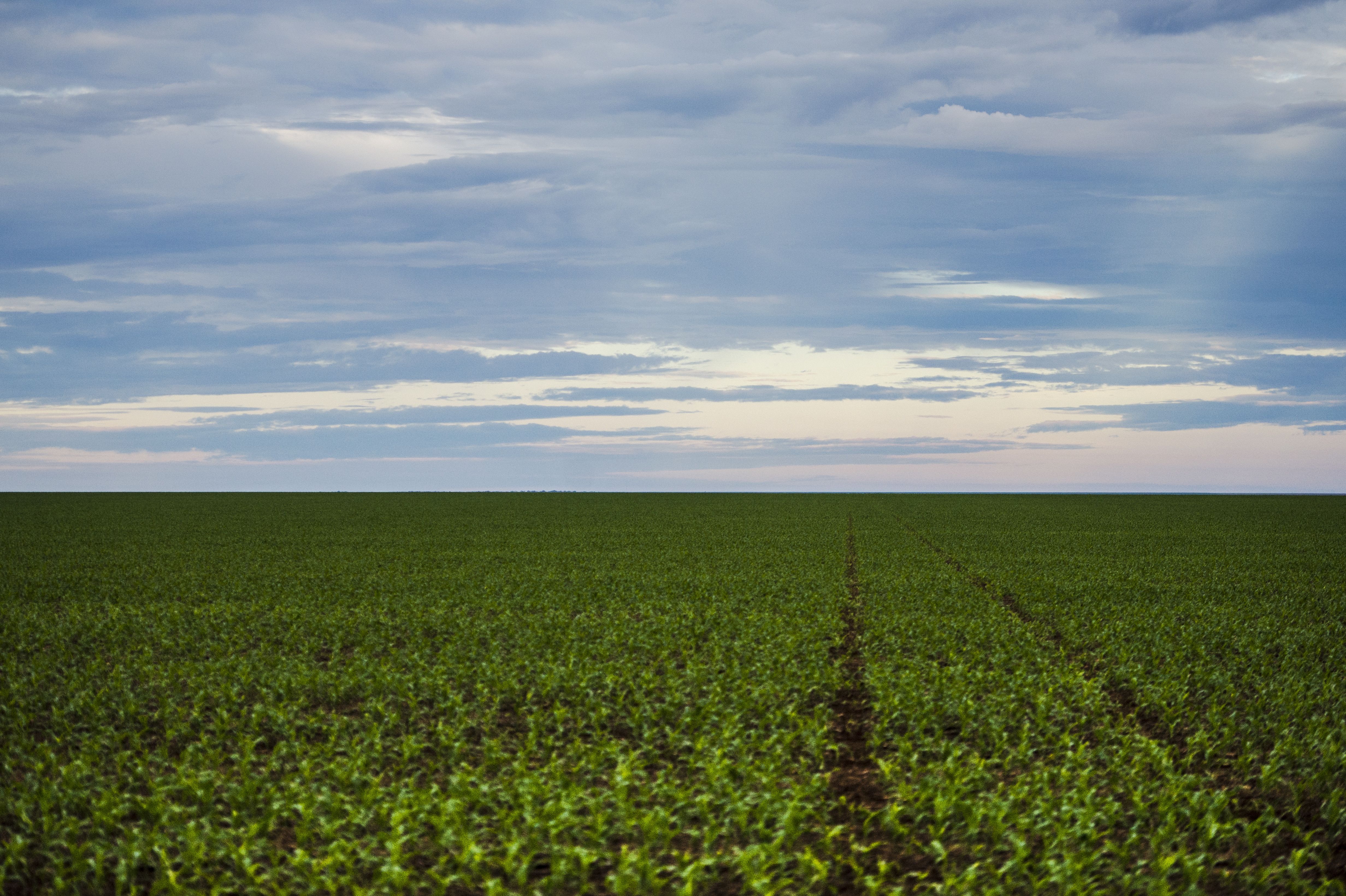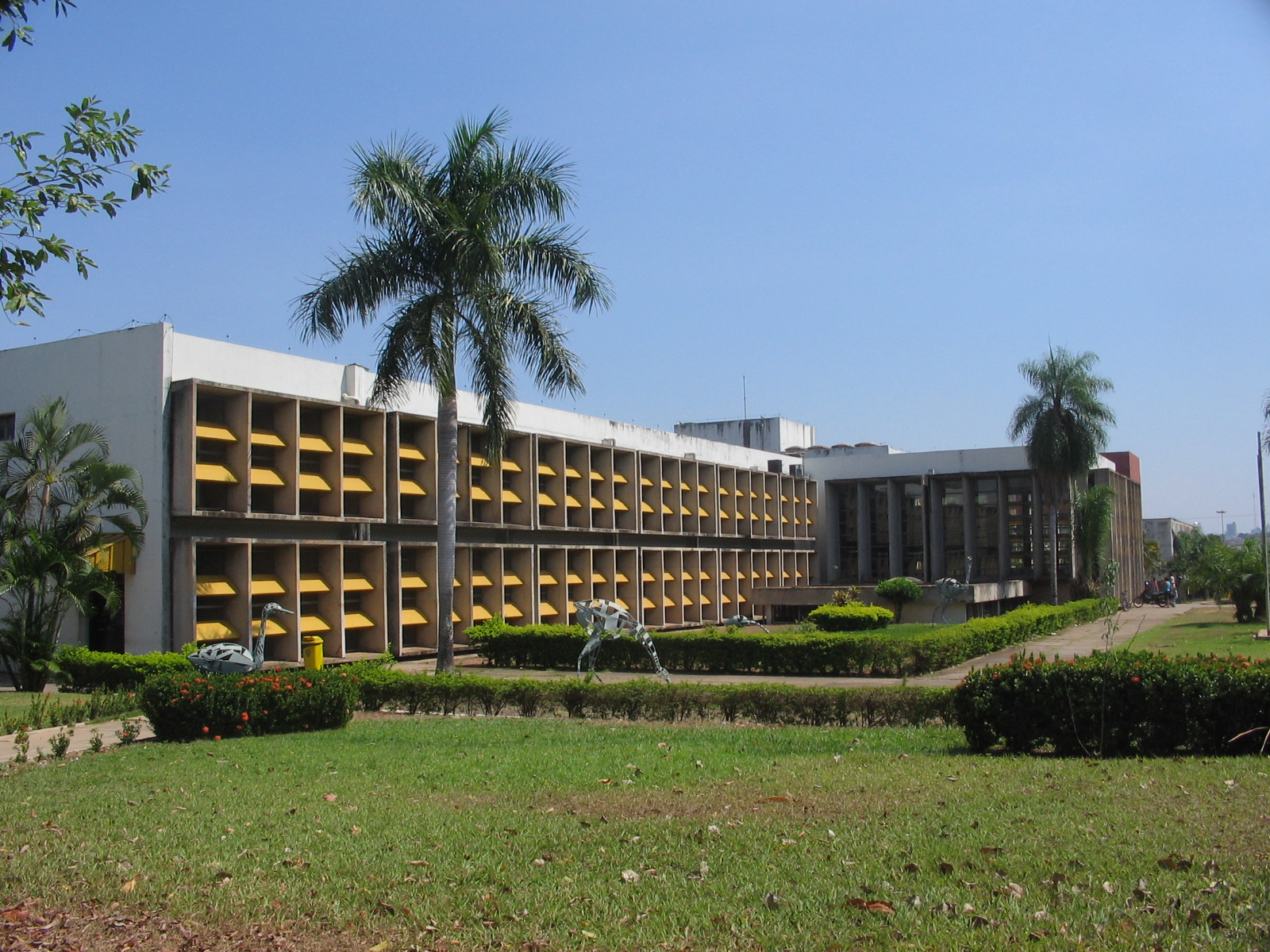|
Matão
Matão is a municipality in the state of São Paulo in Brazil. As of 2020, the town had an estimated population of 83,626 and a population density of 146.3 persons per km2. The total area the city is . Matão sits at an elevation of . The municipality consists of two districts: Matão and São Lourenço do Turvo. History Matão was first populated by coffee growers at the beginning of the 1890s. The settlers constructed a small chapel in 1894, and in 1895 called their settlement Senhor do Bom Jesus das Palmeiras. The settlement was renamed Matão in 1897 and became a district of Araraquara. It became an independent municipality on August 27, 1898. The region attracted more small-scale farmers in the 1890s, and development was furthered by the construction of a railroad line, the Estrada de Ferro Araraquara, which was built to connect Rio Claro, in São Paulo State, to Cuiabá, the capital city of Mato Grosso. The rail line reached Matão by 1899. The municipality comprised thr ... [...More Info...] [...Related Items...] OR: [Wikipedia] [Google] [Baidu] |
List Of Municipalities In São Paulo
This is a list of the municipalities in the state of São Paulo (SP), located in the Southeast Region of Brazil Brazil, officially the Federative Republic of Brazil, is the largest country in South America. It is the world's List of countries and dependencies by area, fifth-largest country by area and the List of countries and dependencies by population .... São Paulo is divided into 645 municipalities, which, since 2017, have been grouped into 11 intermediate and 53 immediate regions. List See also * Geography of Brazil * List of cities in Brazil * List of municipalities in São Paulo by HDI References {{DEFAULTSORT:List of municipalities in Sao Paulo Sao Paulo * Municipalities ... [...More Info...] [...Related Items...] OR: [Wikipedia] [Google] [Baidu] |
Araraquara
Araraquara ( ) is a city in the state of São Paulo (state), São Paulo in Brazil. The population is 250,314 (2022 est.) in an area of . It is also known as "the abode of the sun," because of its impressive sunset and because of its hot atmosphere, especially in summer. The city was founded in 1817. History Etymology There are two possible origins for the name of the city, one that links it to the Tupi-Guarani language of the region's indigenous inhabitants, and another that relates it to the Língua Geral of São Paulo. The two versions come from similar expressions, "''arará kûara" and "arara kûara",'' which mean "lair of the macaws." Geography The city is in the Microregion of Araraquara, part of the Mesoregion of Araraquara, 270 km north of São Paulo. Media In telecommunications, the city was served by :pt:Companhia_Telefônica_Brasileira, Companhia Telefônica Brasileira until 1973, when it began to be served by :pt:Telecomunicações_de_São_Paulo, Telecomunica� ... [...More Info...] [...Related Items...] OR: [Wikipedia] [Google] [Baidu] |
Interior Of São Paulo
The interior of São Paulo is an informal term to describe the zone that covers the entire area of the São Paulo (state), state of São Paulo outside the Greater São Paulo, Metropolitan Region and the coast of São Paulo. The interior stands out for having a very rich cultural set, including several unique accents different from those of the São Paulo, capital and the coast. This area is densely industrialized and characterized by a large and diversified economy, being one of the richest regions in Latin America. About 1/4 of the interior's GDP is concentrated in the Campinas metropolitan area, Metropolitan Region of Campinas, which is increasingly consolidating itself as the hub of the Brazilian automotive sector. The interior of São Paulo stands out for having a good infrastructure, becoming a pole of attraction for investments. History 16th century – Beginning of the exploration of the territory When the Portuguese arrived, there were a variety of indigenous tribes ... [...More Info...] [...Related Items...] OR: [Wikipedia] [Google] [Baidu] |
Vivo (telecommunications Company)
Vivo ( Portuguese for 'Live', as in Live Broadcasting, or 'Alive'), known as Vivo Brazil, is a brand of Telefônica Brasil, a subsidiary of Telefónica and the largest telecommunications company in Brazil. It is headquartered in the Brooklin Novo neighborhood of São Paulo. History The company was originally formed as part of Telebrás, the state-owned telecom monopoly at the time. In 1998, Telebrás was demerged and privatized. Telefónica bought Telesp, the São Paulo division, and rebranded it to Telefónica. On 15 April 2012, all Telefónica services were rebranded again to Vivo, using the same strategy of unifying all its services in a unique brand, like Movistar (Hispanic America and Spain) and O2 (rest of Europe). Merged companies The following operators merged to form Vivo: ''Owned by Telefónica'' *Telefónica Celular (Rio de Janeiro, Espírito Santo, Rio Grande do Sul) *Telebahia Celular ( Bahia) *Telergipe Celular ( Sergipe) * Telesp Landline (São Paulo) ... [...More Info...] [...Related Items...] OR: [Wikipedia] [Google] [Baidu] |
Corpus Christi (feast)
The Feast of Corpus Christi (), also known as the Solemnity of the Most Holy Body and Blood of Christ, is a liturgical solemnity celebrating the real presence of Christ in the Eucharist; the feast is observed by the Latin Church, in addition to certain Western Rite Orthodoxy, Western Orthodox, Lutheran, and Anglican churches. Two months earlier, the institution of the Eucharist at the Last Supper is observed on Maundy Thursday in a sombre atmosphere leading to Good Friday. The liturgy on that day also commemorates Christ's washing of the disciples' feet, the institution of the priesthood, and the agony in the Garden of Gethsemane. The feast of Corpus Christi was proposed by Thomas Aquinas, Doctor of the Church, to Pope Urban IV, in order to create a feast focused solely on the Holy Eucharist, emphasizing the joy of the Eucharist being the Body and Blood, Soul and Divinity of Jesus Christ. Having recognized in 1264 the authenticity of the Corporal of Bolsena, Eucharistic Miracle ... [...More Info...] [...Related Items...] OR: [Wikipedia] [Google] [Baidu] |
Dobrada
Dobrada is a municipality in the state of São Paulo in Brazil. The population is 9,010 (2020 est.) in an area of . Media In telecommunications, the city was served by Companhia Telefônica Brasileira until 1973, when it began to be served by Telecomunicações de São Paulo. In July 1998, this company was acquired by Telefónica, which adopted the Vivo brand in 2012. The company is currently an operator of cell phones, fixed lines, internet (fiber optics/4G) and television (satellite and cable). Religion Christianity is present in the city as follows: Catholic Church The Catholic church in the municipality is part of the Roman Catholic Diocese of Jaboticabal. Protestant Church The most diverse evangelical beliefs are present in the city, mainly Pentecostal, including the Assemblies of God in Brazil (the largest evangelical church in the country), Christian Congregation in Brazil, among others. These denominations are growing more and more throughout Brazil. See ... [...More Info...] [...Related Items...] OR: [Wikipedia] [Google] [Baidu] |
Mato Grosso
Mato Grosso ( – ) is one of the states of Brazil, the List of Brazilian states by area, third largest by area, located in the Central-West Region, Brazil, Central-West region. The state has 1.66% of the Brazilian population and is responsible for 1.9% of the Brazilian GDP. Neighboring states (from west clockwise) are: Rondônia, Amazonas State, Brazil, Amazonas, Pará, Tocantins, Goiás and Mato Grosso do Sul. It is divided into 142 municipalities and covers an area of 903,357 square kilometers, consequently the state is roughly 82.2% of the size of its southwest neighbor, the nation of Bolivia. A state with a flat landscape that alternates between vast ''chapadas'' and plain areas, Mato Grosso contains three main ecosystems: the Cerrado, the Pantanal and the Amazon rainforest. The Chapada dos Guimarães National Park, with its caves, grottoes, tracks, and waterfalls, is one of its tourist attractions. The extreme northwest of the state has a small part of the Amazonian fores ... [...More Info...] [...Related Items...] OR: [Wikipedia] [Google] [Baidu] |
Cuiabá
Cuiabá () is the capital city and the largest city of the Brazilian state of Mato Grosso. It is located near the geographical centre of South America and also forms the metropolitan area of Mato Grosso, along with the neighbouring town of Várzea Grande, Mato Grosso, Várzea Grande. The city's name is an indigenous Bororo language, Bororo word meaning 'arrow-fishing', The city was founded in 1719, during the gold rush, and it has been the state capital since 1818. The city is a trading centre for an extensive cattle-raising and agricultural area. The capital is among the fastest-growing cities in Brazil, followed by the growth of agribusiness in Mato Grosso, despite the recession that is affecting Brazilian industries. Cuiabá was one of the host cities for the 2014 FIFA World Cup. Cuiabá is the heart of an urban area that also includes the state's second largest city, Várzea Grande, Mato Grosso, Várzea Grande. The city is the seat of the Federal University of Mato Grosso and ... [...More Info...] [...Related Items...] OR: [Wikipedia] [Google] [Baidu] |
Rio Claro, São Paulo
Rio Claro is a city in the state of São Paulo in Brazil. The elevation is 613 m. It was incorporated as the village of '' São João Batista do Ribeirão Claro'' in 1827, and this incorporation is celebrated every year on June 24 as a municipal holiday. The name was changed later to ''Rio Claro''. Starting in the 19th century, Rio Claro attracted large numbers of immigrants from European countries, especially from Germany, Switzerland and Italy, but also from Spain, Portugal, some Eastern European countries, and a substantial community of Christian Arabs from the then Ottoman Empire (mostly Syrian and Lebanese). Japanese immigrants arrived later. There is also a large population of Afro-Brazilians. Rio Claro used to play a very important role in the railway system of São Paulo state. Image:HortoFlorestalRioClaro 4248.jpg, Horto Florestal "Edmundo Navarro de Andrade" en Rio Claro, São Paulo, Brazil Image:Horto Navarro de Andrade 2.jpg, Picture of the forest park of Edmundo N ... [...More Info...] [...Related Items...] OR: [Wikipedia] [Google] [Baidu] |




